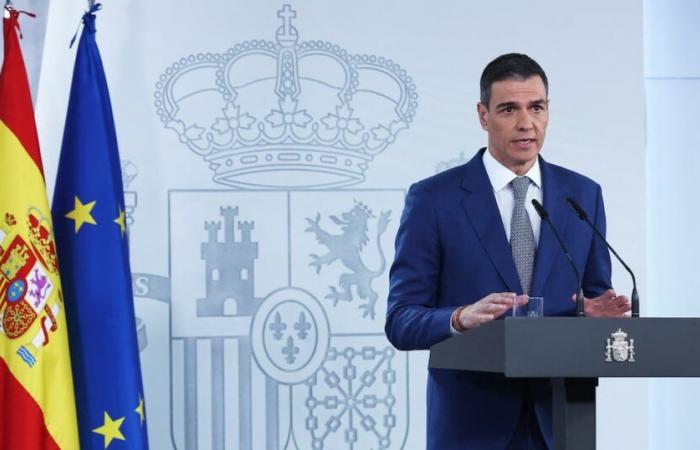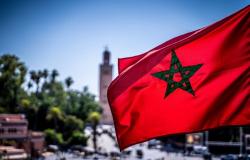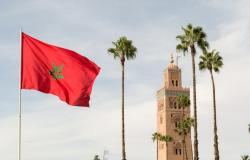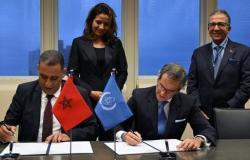On April 28 at 12:33 p.m., an important failure of the European electrical system plunged the Iberian peninsula into the dark. If the reinstatement of the current was done gradually until evening, certain regions of the north and southern Spain could be realated more quickly thanks to the support of France and Morocco.
«From Madrid, the head of the Spanish government, Pedro Sánchez, praised the assistance provided by these two countries, whose interconnections made it possible to stabilize the Spanish electricity network in a critical moment“, Underlines the magazine Young Africa.
The role of Morocco, in particular, proved to be decisive. Thanks to its two submarine cables connecting its electrical network to that of Spain via the Gibraltar Strait, the kingdom was able to transfer up to 1,400 megawatts (MW) by alternative to very high voltage (400 kV). This April 28, the interconnection was exploited at its maximum. Almost 38% of the Moroccan production capacity was mobilized to rescue the Spanish lines and relaunch their power stations, a remarkable gesture of technical solidarity.
“Paradoxically, while Morocco is usually importer of electricity, it played the role of auxiliary supplier in the midst of an energy crisis”, succession Young Africa. This ability to reverse flows is the fruit of close technical cooperation between Rabat and Madrid, and a robust interconnected infrastructure. Contrary to popular belief, this interconnection is based on alternating current (AC), as evidenced by transformation facilities at Tarifa (Spain) and Ferdioua (Morocco).
Quoted by the magazine, Amin Bennouna, an energy of energy in energy, explains that “Morocco received electricity from Spain at the time of the breakdown, but the impact was zero on the Moroccan network thanks to a proactive strategy». It evokes the use of rapid response generators and demand management mechanisms, which have made it possible to preserve the stability of the national network while providing concrete support to Spain.
This support is not an isolated episode, but is part of a dynamic of sustainable strengthening. “A third interconnection cable is currently in project, co -financed by the National Office for Electricity and Drinking Water (ONEE) and Red Eléctrica, for an amount of 150 million euros. It should come into service by 2026, bringing the exchange capacity to 2,100 MW between the two countries“, Precise Young Africa.
While Spain faced a major crisis, Morocco, although slightly touched by ricochet, remained resilient. Airports have changed in manual mode, and disturbances were recorded in the connectivity of Orange Maroc, linked to servers based in Spain. The return to service was done gradually thanks to the restoration of cross -border exchanges, proof of now mature interdependence between the two banks of the Strait.
Par Nabil Ouzzane
04/30/2025 at 8:51 p.m.








